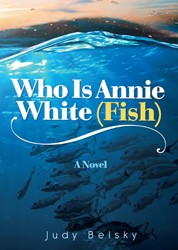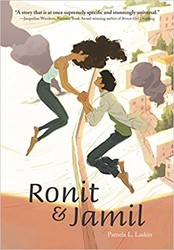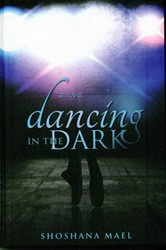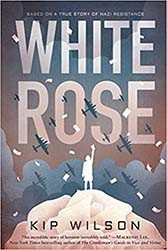When a book by a new author defies expectations, it not only engages readers, but it also forces them to examine their own assumptions. The Life and Crimes of Hoodie Rosen is one such book, pushing against stereotypes and the conventions of the young adult genre.
A yeshiva student who has recently moved to a new town is lovestruck by Anna-Marie Díaz‑O’Leary, a bold and graceful non-Jewish girl. Isaac Blum’s deft mixture of caustic critique and deep affection for the Orthodox community culminates with an unforgettable character who wryly analyzes obstacles even as he dodges them — and whose unlikely optimism about reconciling opposites allows him to transcend limits.
Of one of his favorite ways to interact with people, Hoodie observes, “Sarcasm is a versatile tool, like one of those knives that’s also a screwdriver.” However, he acknowledges that there are rules for using this multipurpose instrument — a distinction that reflects Hoodie’s constant introspection as he negotiates challenges. Soon, a chance meeting with Anna-Marie presents new problems, and he finds himself breaking more rules than ever before.
In his ambivalent relationship with his father, his unique bond with older sister, and his daily frustrations with Talmud study, Hoodie chooses how much truth to reveal without irreparably damaging his connections. Meanwhile, the disturbing level of antisemitism in his new community frames all of his personal grapplings in a frightening way.
Like many who are unfamiliar with Hoodie’s world, Anna-Marie is confused by its paradoxes. How can a school have such strict religious rules yet allow boys to leave in the middle of the day, so long as they do not miss prayer? But just as the pair’s differences do not alienate them from one another, familiarity is not a prerequisite to enjoying the novel. One of Blum’s most notable achievements is his ability to create an accessible world without translating its peculiarities. He refers to the Shulchan Aruch, the Jewish legal code, without defining it, and he explains the differences between two types of sin, chet and pesha, through context alone. In other words, Blum’s virtually invisible intervention in the narrative succeeds in creating a novelistic world that is open to everyone.
In a community reckoning with tradition and change, Hoodie is acutely aware of his status as a square peg in a round hole. Yet he gradually learns that if “a peg is square, you get one of those lathe machines and you round the thing.”
Emily Schneider writes about literature, feminism, and culture for Tablet, The Forward, The Horn Book, and other publications, and writes about children’s books on her blog. She has a Ph.D. in Romance Languages and Literatures.





